Dialogue in the Dark (Sucursal de Bukchon) (어둠속의대화 북촌점)
1.1Km 2025-05-12
Gahoe-dong, Jongno-gu, Seúl
Museo Nacional de Arte Moderno y Contemporáneo en Deoksugung [MMCA] (국립현대미술관 덕수궁관)
1.1Km 2024-07-29
Sejong-daero 99, Jung-gu, Seúl.
Este museo se dedica a la investigación y el estudio del arte moderno, y también en su exposición y conservación. Aquí podrá ver obras clásicas del arte moderno. Debido a que utiliza el anexo Seokjojeon, dentro del palacio Deoksugung, como su lugar de exposición, el centro mantiene por ello un ambiente tradicional único. En el primer piso están la oficina de administración y la sala audiovisual, y el segundo piso tiene exposiciones de arte moderno en las salas 1 y 2. El tercer piso tiene las salas 3 y 4, en donde las obras seleccionadas como el mejor arte moderno están expuestas durante todo el año. Puede ver obras modernas, tales como pinturas con tinta china, a color, óleos y esculturas. Además de las exposiciones, el centro tiene varias actuaciones, tales como música y mímica. También las conferencias o seminarios, sobre las obras de los artistas, se celebran a menudo y son populares entre los turistas. El Parque de los Ciudadanos del exterior del museo es frecuentado por mucha gente que va allí a relajarse.
Cambio de Guardia Real de Seúl (서울 왕궁수문장 교대의식)
1.1Km 2025-08-13
Sejong-daero 99, Jung-gu, Seúl.
02-6242-7402
La ceremonia de cambio de guardia empezó en el año 1996 con la ayuda de los historiadores más famosos y renombre. Se realiza en la puerta Daehanmun del palacio Deoksugung, y es un excelente evento para apreciar la cultura real de la época de la dinastía Joseon. El evento se realiza 2 veces al día y muestra al público cómo los guardias cierran y abren la puerta siguiendo movimientos estrictos y que requieren mucha fuerza. El cambio de guardia se realiza para todo el público de forma gratuita. La ceremonia comienza con la llegada de los guardias de reemplazo, y después intercambian códigos verbalmente para verificar si son sus aliados. Luego siguen unos ritos que duran 7 y 8 minutos respectivamente, y la ceremonia finaliza con una ronda de patrullaje. Es interesante ver cómo los 18 soldados tocan enérgicamente los tambores. En Corea no hay muchos lugares que recreen ceremonias de la corte real, por lo que el Cambio de Guardia del Palacio Deoksugung es un evento al que vale la pena asistir. Los coloridos trajes de los guardias son muy llamativos y permiten sacar buenas fotos. No olvide visitar también el palacio después de observar la ceremonia.
Korea Beauty Festival (코리아뷰티페스티벌)
1.1Km 2025-05-22
Eulji-ro 281, Jung-gu, Seúl
070-7603-3809 070-4880-2472
Legación Rusa de Corea (서울 구 러시아공사관)
1.1Km 2022-03-04
Jeongdong-gil 21-18, Jung-gu, Seúl
Teatro Myeongdong (명동예술극장)
1.1Km 2021-12-28
Myeongdong-gil 35, Jung-gu, Seúl.
+82-1644-2003
Este lugar se inauguró, por primera vez, en el año 1934, con el nombre de “Teatro Nacional de Myeongdong”, y funcionó como cine, centro de espectáculos artísticos, etc., hasta el año 1973. Ejerció así un papel primordial en la industria cultural y artística de Corea. Sin embargo, cerró en 1975.
Recientemente, tras una remodelación, el teatro volvió a abrir sus puertas, destinado solo a obras teatrales. Su interior está diseñado de forma circular, y se ha disminuido la distancia del escenario a la platea. Se representarán: teatro tradicional, actuaciones experimentales, espectáculos no verbales y musicales.
Rito Real Ancestral Daeje de Jongmyo (종묘대제)
1.1Km 2025-04-10
Jong-ro 157, Jongno-gu, Seúl
1522-2295
Siendo uno de los primeros en ser registrado en la lista de Patrimonio Cultural Intangible de la Unesco, el Rito Real Ancestral "Jongmyo Jerye" es un Patrimonio Cultural Intangible de Importancia y la Música Ritual Real Ancestral “Jongmyo Jeryeak” es un Patrimonio Cultural Intangible de Importancia de Corea. La combinación de estos valiosos patrimonios es el Daeje de Jongmyo, que se celebra el primer domingo del mes de mayo de cada año. Este evento de gran dimensión y escala. Un total de 1.200 personas intervienen en este gran acontecimiento. El evento más importante es el desfile de la realeza del período Joseon, que parte desde el palacio Gyeongbokgung, pasa por las calles Sejong-ro, Jongno 1(il)-ga, 2(i)-ga, y 3(sam)-ga, hasta llegar al Santuario de la Realeza Jongmyo.
El Rito Ancestral consiste en rendir homenaje a los antepasados del reino, de los reyes y reinas del período Joseon, en la antigüedad se celebraba 5 veces al año, en primavera, otoño, invierno, verano, y en diciembre, pero fue suspendida por la invasión japonesa. Luego se ha restablecido desde el año 1969, teniendo lugar hasta la actualidad, el primer domingo de mayo de cada año.
El Santuario Jongmyo, fue el lugar en donde se celebraba el rito ancestral durante la época Joseon, en un principio era el nombre que se le añadía al lugar en donde se conservaban las tablas ancestrales de los reyes y reinas, pero actualmente descansan en él los príncipes que han muerto antes de llegar al trono, sus reinas correspondientes, y también de otros patriotas que han contribuido en el desarrollo de la nación. El desfile, acontecimiento principal del evento, consiste en el recorrido del Rey y el Príncipe en el carro a caballo, y los supuestos funcionarios hacia el Santuario Jongmyo. La representación está compuesta por toda la marcha completa, por el equipo de seguridad, funcionarios civiles y también los militares. El servicio religioso comprende de tres principales pasos, basados en la doctrina confuciana, el primer paso es el “Recibimiento de Dios”, el segundo paso “Recreación de Dios”, y por último, la “Despedida de Dios”, y, la celebración de estos pasos está acompañado por la Música Ritual Real Ancestral “Jongmyo Jeryeak”, que se llevará a cabo con cantos e interpretaciones musicales de los instrumentos tradicionales. También estará representado por la danza tradicional “Palilmu” que consiste en un baile grupal formado por 64 bailarines.
La Música Ritual Real Ancestral siendo una creación del Rey Sejong, fue designado Patrimonio Cultural Intangible durante el reinado del Rey Sejo, y es la denominación general que se le otorga a todo el conjunto de cantos y bailes que se ejercen durante la celebración del ritual. Entre los principales cantos y bailes que se presentan en este ritual se destacan: el canto “Jongmyoakjang”, cuyas letras se basan en los elogios por los logros civiles y por las hazañas militares de los reyes de Joseon, y entre los bailes están “Botaepyeongjimu”, “Jeongdaeeopjimu”, etc.
Beauty Play (Sucursal de Myeong-dong) (뷰티플레이 명동점)
1.1Km 2024-06-14
Myeongdong-gil 73, Jung-gu, Seúl
Palacio Changgyeonggung (창경궁)
1.1Km 2025-05-13
Changgyeonggung-ro 185, Jongno-gu, Seúl.
El palacio Changgyeonggung de Seúl es uno de los palacios más especiales del período de la dinastía Joseon. El origen de este palacio proviene de la asunción del rey Sejong (1397-1450) en 1418. Una vez que fue coronado, mandó construir el palacio Suganggung para brindarle mayores comodidades al monarca anterior, Taejong (1367-1422), que había abdicado en su favor. El palacio Changgyeonggung fue degradado a Changgyeongwon, sede de jardín zoológico y botánico durante el período de la ocupación japonesa de Corea (1910-1945). En 1983, el zoológico fue trasladado y el palacio fue completamente restaurado volviendo a ser llamado Chaggyeonggung.
Pasando por la entrada principal al palacio, la puerta Honghwamun, se ve el puente Okcheongyo. Todos los palacios de la dinastía Joseon tienen estanques con un puente encima con forma de arco, tal como el puente Okcheongyo. Cruzando Okcheongyo, se pasa por la puerta Myeongjeongmun, y entonces, se halla el pabellón Myeongjeongjeon, que era la oficina del Rey. Además, Myeongjeongjeon es el pabellón más antiguo de su tipo de todos los palacios del período de Joseon. Normalmente, las construcciones de esta época se elevan mirando hacia el sur, pero Myeongjeongjeon mira hacia el este. Esto se debió a que los mausoleos de los anteriores monarcas se encontraban al sur y según las costumbres confucianas, no se permitían tener aperturas hacia la misma dirección. A uno y otro lado del patio se encuentran alineadas las piedras con los grabados que indicaban la jerarquía de los funcionarios oficiales.
Detrás de Myeongjeongjeon, hacia la izquierda y sobre un terreno más elevado se encuentra la sala Sungmundang. Esta sala fue construida aprovechando muy bien la pendiente de la geografía montañosa. Si se observa Myeongjeongjeon y Munjeongjeon, la combinación de las laderas montañosas y la línea de sus techos logran una armonía de gran belleza. Otro pabellón, Tongmyeongjeon, fue construido para la reina. Es la construcción más grande dentro del palacio Changgyeonggung, y en muchos lugares se notan detalles delicados de sus estructuras en atención a la reina. Andando por las rocas de Yanghwajeon después de pasar por Tongmyeongjeon, se llega a Jagyeongjeon. Y hacia el sudeste de Jagyeongjeon se encuentra Punggidae. Punggidae es un instrumento que servía para medir el viento. Se trata de una larga vara con un jirón de tela atada a una punta, y se la usaba para medir la velocidad y dirección del viento.
Dirigiéndose hacia el norte uno se encuentra con un enorme estanque denominado Chundangji. Originalmente, la mitad del estanque era utilizada por el mismo rey para cultivar arroz y aprender sobre agricultura. Pero durante la ocupación japonesa, transformaron el campo de arroz en estanque para hacer flotar pequeños botes sobre él. El jardín botánico creado en aquellos días sobre la parte superior del estanque permanece aún en la actualidad.
Puerta Honghwamun del Palacio Changgyeonggung (창경궁 홍화문)
1.1Km 2025-08-08
Changgyeonggung-ro 185, Jongno-gu, Seúl
Es la puerta instalada en el noreste de la muralla de Seúl, siendo una de las 4 principales. Fue construida en el mes de septiembre del 5º año del rey Taejo (1396), y en aquel momento fue denominada Honghwamun. Pero en el año 1483, al 14º año del reinado de Seongjong, se reconstruyó el palacio Changgyeonggung, pero su puerta oriental también se llamaba Honghwamun, por la que se le cambió el nombre a Hywahwamun en 1511. La puerta fue destruida cuando se abrió una calle para coches durante el período de la ocupación japonesa, en la primera mitad del siglo XX, pero en 1992 fue reconstruida y recuperó su nombre original.
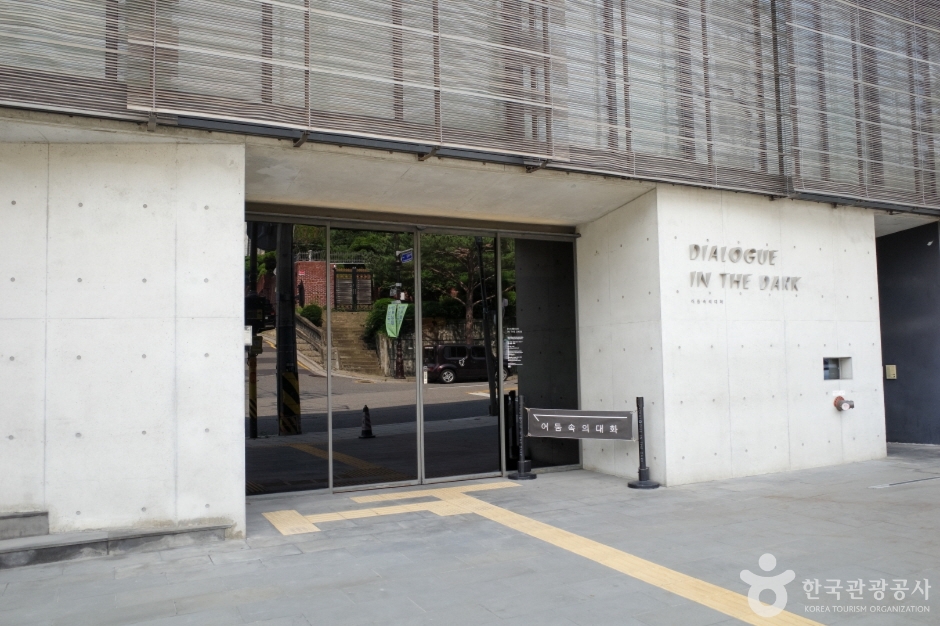

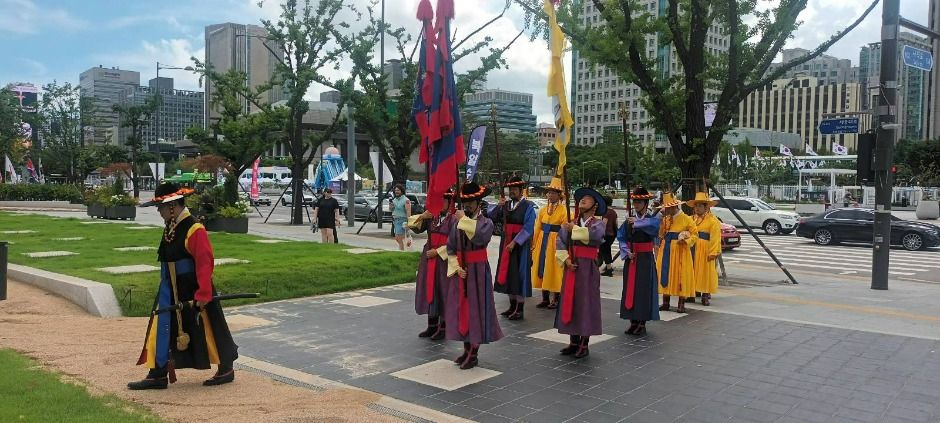
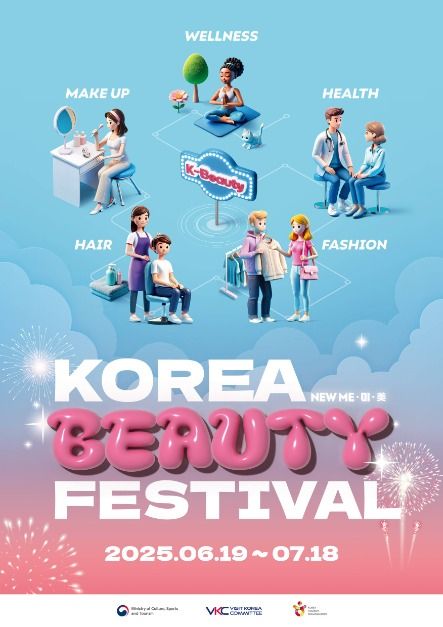
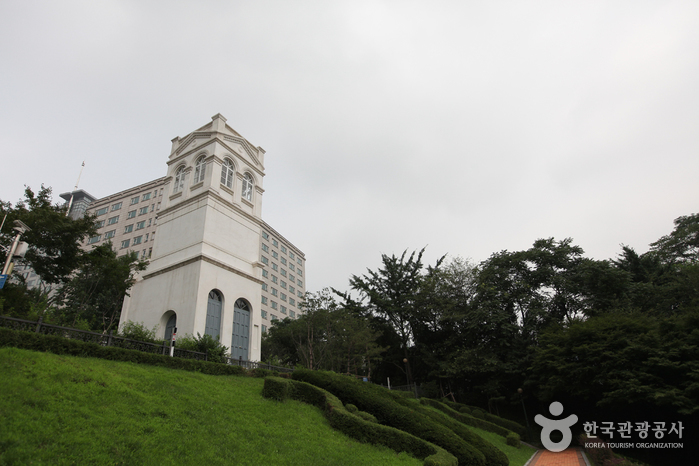
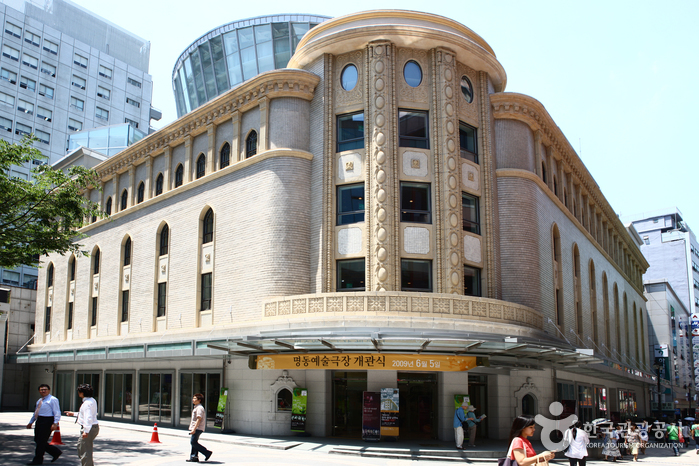
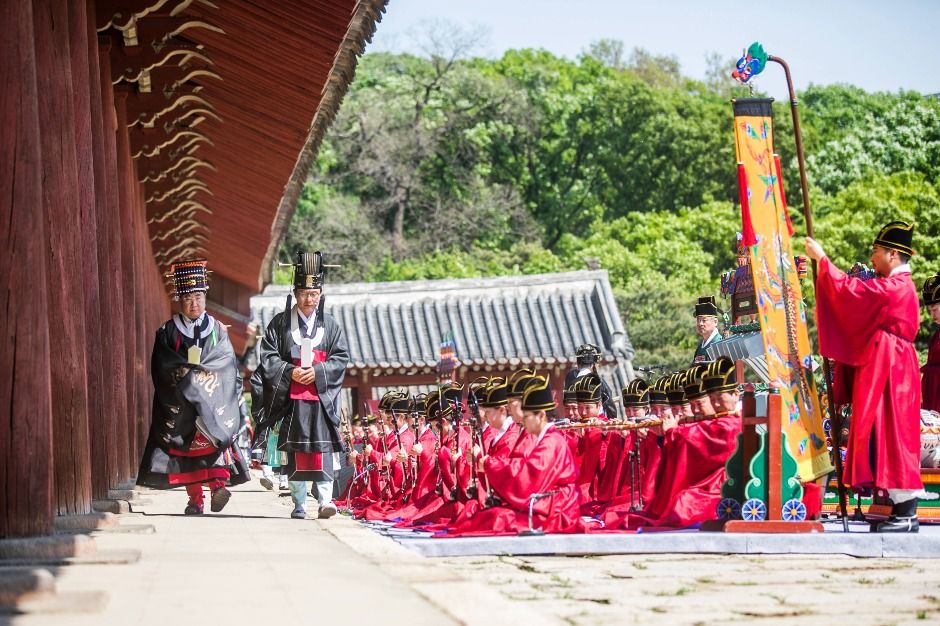
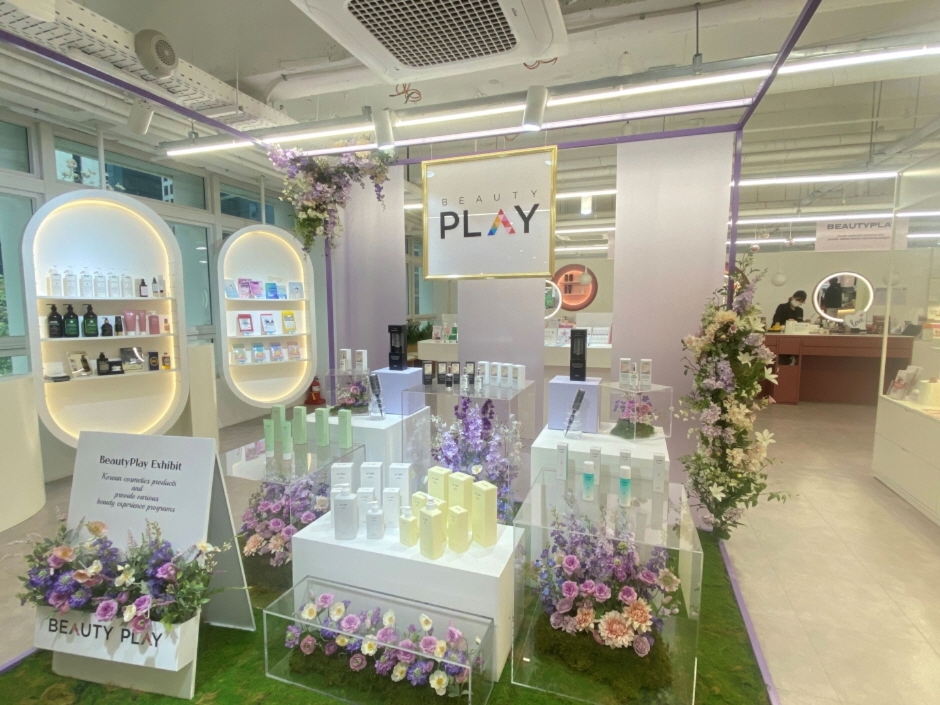
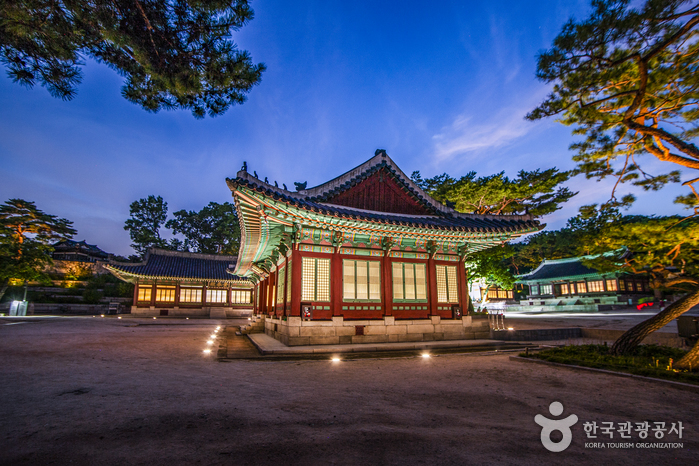
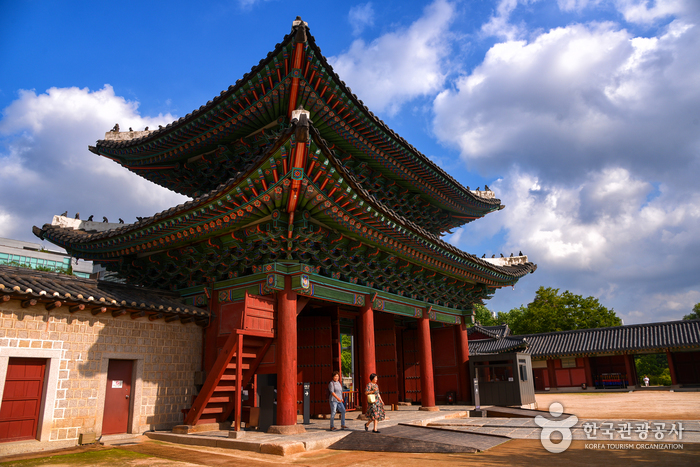
 Español
Español
 한국어
한국어 English
English 日本語
日本語 中文(简体)
中文(简体) Deutsch
Deutsch Français
Français Русский
Русский